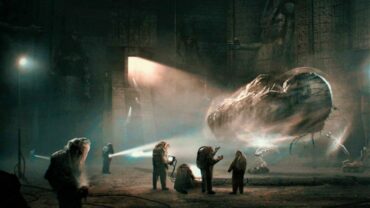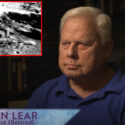Inscription Found On Egyptian Coffin Provides A Detailed Map Of The Underworld
According to Ancient Origins, an Egyptian coffin found in an ancient burial chamber a few years ago turned out to be more than just an astonishing archaeological discovery. The researchers discovered the oldest known map of the underworld in existence in the coffin:
“According to a new study of Harko Willems in the Journal of Egypt Archeology, this ancient document is the earliest known copy of The Book of Two Ways, dating back at least 4,000 years.” This chronology has been connected with the tomb because the inscriptions mention Djehutinakht I from the 21st to 20th centuries BC. However, there was previously a misconception that the body of King Yehutinakt I should inhabit the coffin, recent research shows that it contained the body of an elite woman known as Ankh
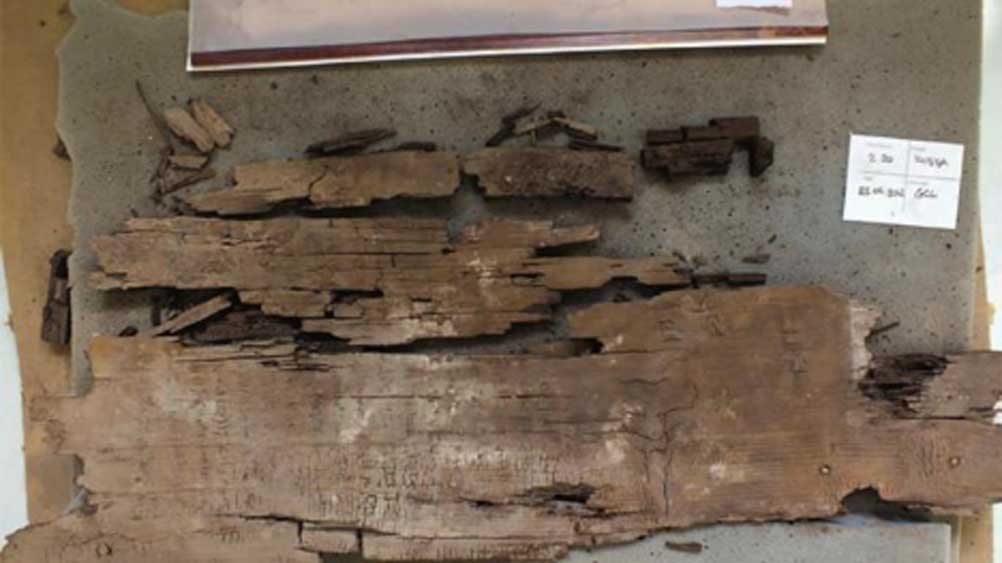
Despite decades of research, archaeologists have only discovered a few variants of the ancient Book of Two Ways, so this recent discovery on the wooden coffin panel is a huge deal.
The Book of Two Ways
Exactly, what is The Book of Two Ways? The title indicates two paths through which the soul can travel from the Egyptian underworld through the afterlife if they wish to enter the realm of Osiris. Osiris was the Egyptian lord of the underworld and the final judge of all human souls.
The Book of Two Ways is also a part of the ancient Egyptian mythology – The Coffin Texts- and it is considered “a clear precursor to later Netherworld books including “Amduat” and “Book of the Gate”.
Book of the Dead
These books are part of The Book of the Dead, which is much more well-known. National Geographic describes it as “the complete collection of mortuary texts containing spells dealing with the afterlife.” The Book of the Dead, more precisely, consists of “1,185 spells and incantations,” which can best be described as “everything a person required to navigate the next life effectively.”
Getting to Osiris
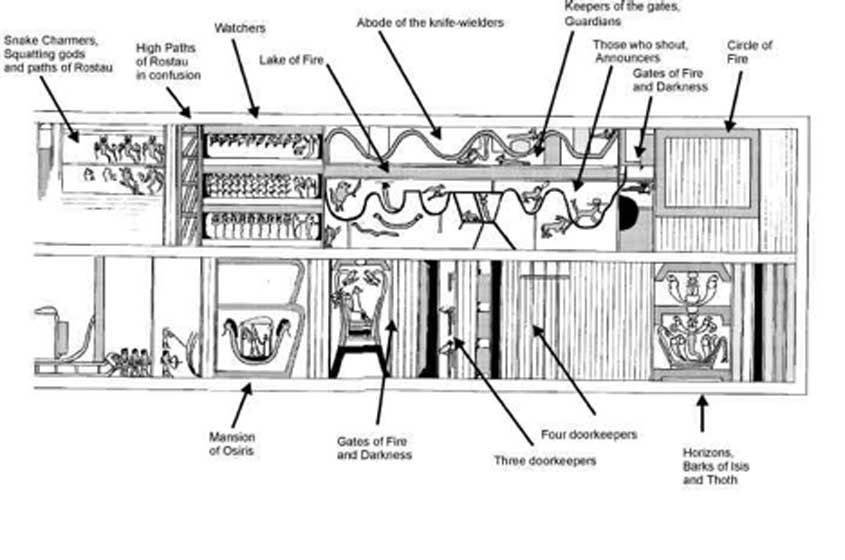
The Book of Two Ways goes into great detail about finding the elusive Osiris in the underworld:
Two zig-zag paths traverse a dangerous landscape where demons challenge those who lead them to ‘Rostau’, the realm of Osiris, a dark place surrounded by fire and situated on ‘Heaven’s Edge’. It is believed that anyone who looked at Osiris’s dead body will never die, and if they reached the Field of Offerings after a feast with Osiris, their wishes would be fulfilled.
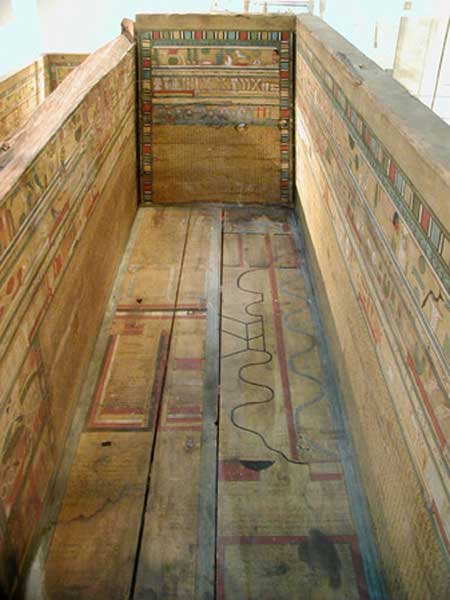
The problem is that the paths can be difficult, and some of them lead nowhere, making a soul in pursuit of peace disappointed and unable to get closer to final rest than before.
The Lake of Fire, which can either destroy or regenerate the soul, separates the paths. The dead traveler must also “overcome the Sun’s ‘fiery court,’ with infinite guardians and demons barring the route with high walls of stone and fire” along the way.
The Egyptian underworld was not a place for weak-hearted people.
Soul Map
In some ways, the Book of Two Ways is a soul map. While it may appear to us in the twenty-first century as a map, it was not used in the usual sense.

Instead, the ancient Egyptians desired to create what could be called a “psychological map of the soul.” Ancient origins point out:
“About 4,000 years ago, no one had tried to create the map of the netherworld at the time of its creation, and academics claim that all later texts split the afterlife into hours or caves and consist of landmarks and events.”
In a sense, the two-way book meant a kind of comfort and guidance for those at risk of death. Reading it, they could understand better what awaited them after they transitioned from one world to another. It does not matter if it’s correct or not. Like any other story, we tell ourselves what happens after we leave this mortal shell; our conception of the afterlife is designed primarily to facilitate the transition from this realm to whatever may await. Thus, The Book of Two Ways has been consistent with other texts for centuries.

